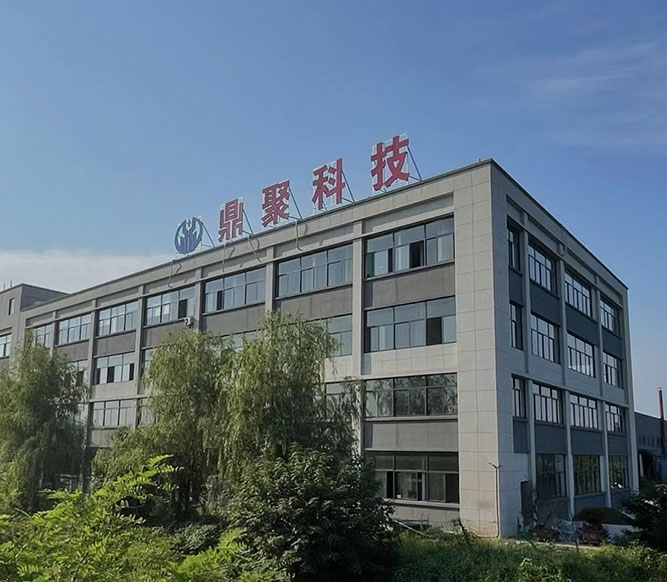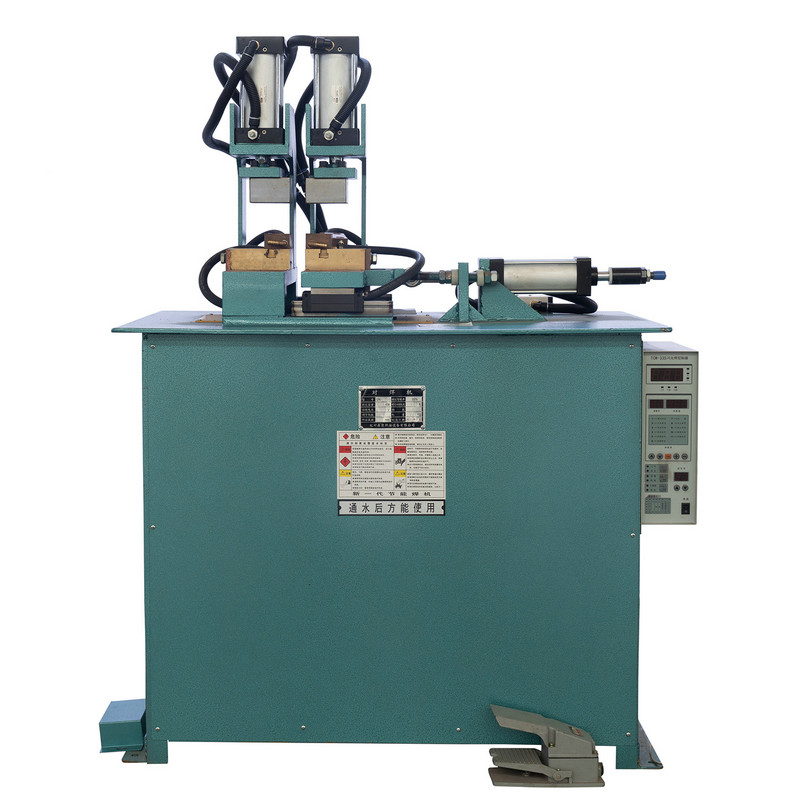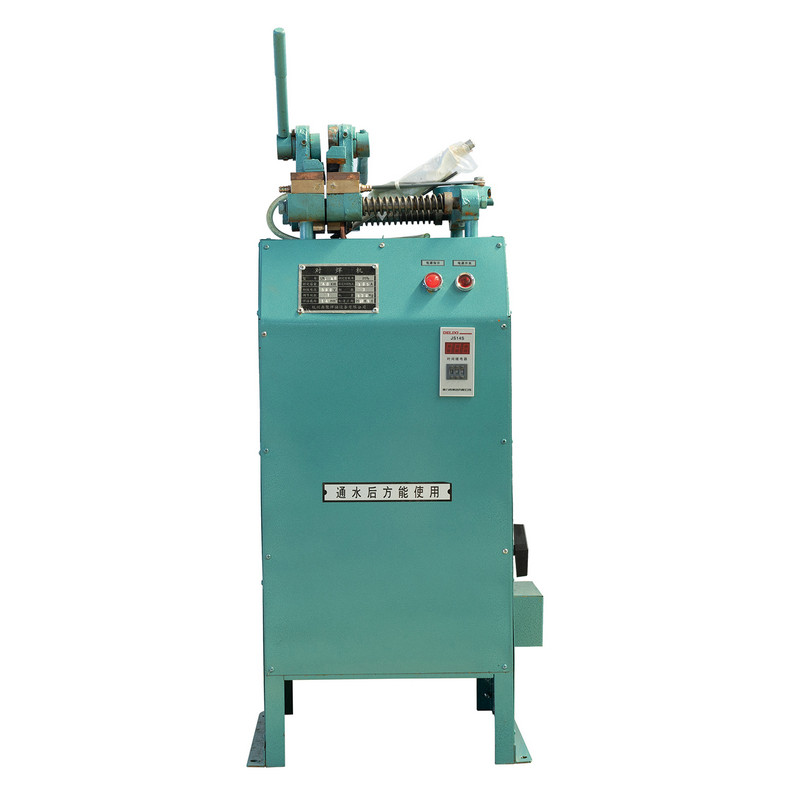Language
The metal shell zero wear pneumatic butt welding machine has become a critical tool in industries where high-quality, efficient pipe welding is essent...
READ MORE

The metal shell zero wear pneumatic butt welding machine has become a critical tool in industries where high-quality, efficient pipe welding is essent...
READ MORE
A stable workpiece clamping pneumatic butt welding machine is an essential tool in industrial fabrication and pipe processing. Its primary function is...
READ MORE
Achieving high-quality welds is a critical requirement in pipe fabrication and industrial assembly. A pneumatic pressure application butt welding mach...
READ MORE
The foot-operated steel bar butt welding machine has become an essential tool in the construction and manufacturing industries. Known for its efficien...
READ MORE
Pneumatic butt welding is a widely used process in industrial manufacturing, particularly in the joining of thermoplastic pipes and profiles. The Two-...
READ MOREWhat is a Welding Electrode?
In the field of electrical engineering and metal processing, welding electrodes play a vital role. As a key tool for connecting metal parts, welding electrodes not only affect the efficiency of the welding process, but also determine the quality and strength of the final product.
Welding electrode, also known as welding electrode in English, is a professional term in electrical engineering and was officially announced in 1998. It usually refers to the part of the material used to transfer current and melt the metal during welding processes such as arc welding or resistance welding. Depending on the purpose and structure, welding electrodes can be divided into many types, including welding rods, electrode caps, and electrode rods. For example, in welding rods, the electrode part is usually covered with a layer of coating to protect and enhance the welding effect.
The working principle of welding electrodes is based on the thermal effect of electric current. When the welding electrode contacts the workpiece, the high temperature generated by the arc or resistance causes the metal on the surface of the electrode and the workpiece to melt rapidly to form a molten pool. As the welding process continues, the molten metal gradually cools and solidifies, thereby achieving a firm connection between metal parts.
Taking electron beam welding as an example, the electron beam is generated from an electron gun. Through the action of the accelerating voltage, the electrons are accelerated to a speed close to the speed of light and hit the surface of the workpiece. The kinetic energy of the electrons is converted into heat energy, causing the metal to melt and evaporate rapidly. This high-energy beam welding method has an extremely high power density and can achieve high-speed and high-precision welding effects. It is particularly suitable for welding refractory metals and high-purity metals.
With the advancement of science and technology, the design of welding electrodes is also constantly optimized and innovated. For example, a new type of welding electrode design includes an electrode rod and an electrode cap. The top of the electrode rod is spherical and matches the internal spherical shape of the electrode cap to ensure that the electrode cap can rotate evenly during welding and fully contact the workpiece surface. This design not only ensures the welding quality and reduces the generation of weld marks, but also makes the electrode cap easy to replace after damage, thereby reducing production costs.
Welding electrodes are widely used in industrial production, especially in the fields of automobile manufacturing, aerospace, shipbuilding and new energy. For example, in the new energy vehicle industry, laser welding technology, as a high-energy electron beam welding method, has become one of the key technologies for battery pack manufacturing and motor manufacturing. Laser welding can achieve high-strength and high-precision connections, improving product performance and safety.
Resistance welding is also one of the important forms of welding electrodes in industrial applications. Resistance welding has the advantages of low cost, fast welding speed, high weld strength and good durability, and is particularly suitable for welding large metal structures. For example, in the seam welding of rocket fuel tanks, resistance welding can achieve low-cost and high-quality welding effects, providing strong support for the development of the aerospace field.